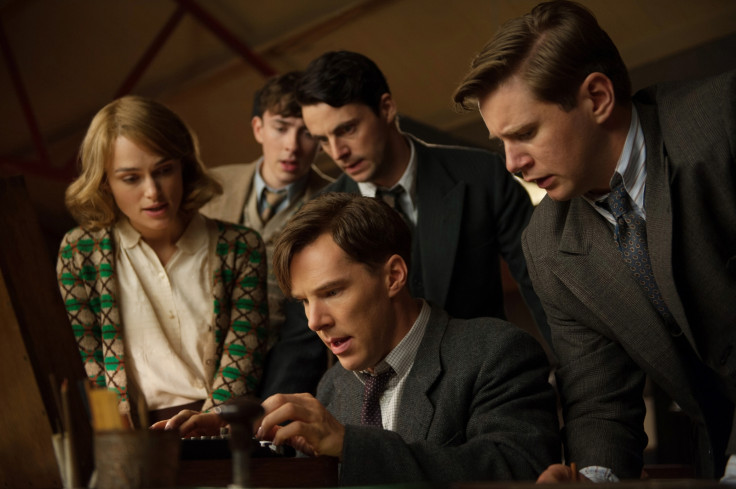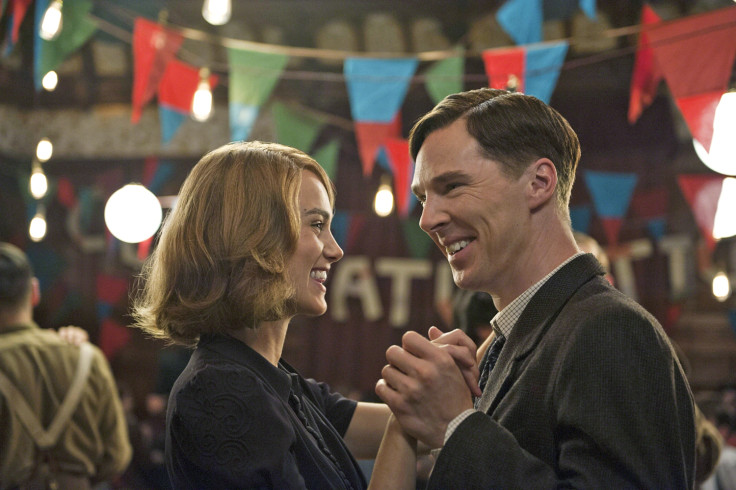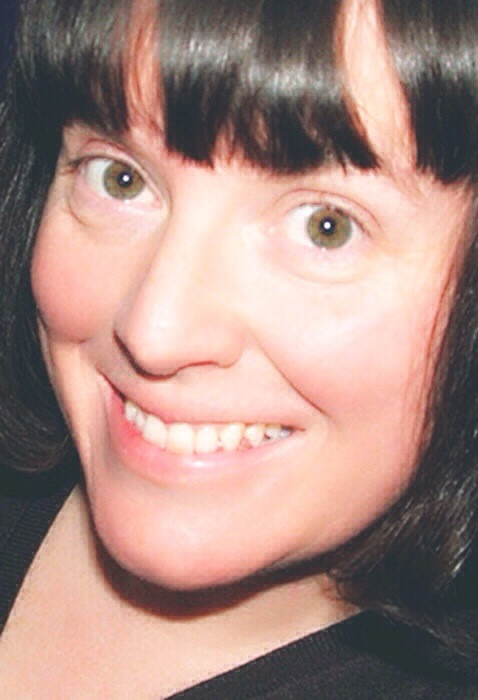The Imitation Game: Who Was The Real Joan Clarke?

At long last Alan Turing, the brilliant mathematician whose life was tragically cut short, will finally receive the acclaim due to him for his work in breaking the Enigma code during WWII by becoming a household name with the release of The Imitation Game - but who was Joan Clarke?
Joan Elizabeth Lowther Clarke was a fellow cryptanalyst and codebreaker who worked with Turing in Hut 8 during WWII at Bletchley park, the site of the UK's Government Code and Cypher School (GC&CS).
Clarke was "incredibly intelligent", according to Kerry Howard, a researcher devoted to looking at the lives of women codebreakers in WWII.
"She came from a very academic and intelligent family. Her family were religious scholars and her father was the Canon Residentiary of Chichester Cathedral who wrote a lot of books. We know that she was encouraged in her studies," Howard told IBTimes UK.
"I think she was quite awkward in social situations. I recently spoke to her old neighbour who said she was very warm but never spoke about her past or background. I don't think anybody really knows who the real Joan Clarke was. She was a very secret, very private lady."
Meeting Alan Turing
Clarke was recruited from Cambridge University and met Turing during her studies there. They became very good friends who would go cycling together, take long walks and attend the cinema together.
She was supposed to work on translating and intelligence of army and air force Enigma messages in Hut 6, but when she arrived, she was immediately posted to Hut 8 and a table was dragged into Turing's office so that she would have somewhere to work.
"We did do some things together, perhaps went to the cinema and so on, but certainly, it was a surprise to me when he said... 'Would you consider marrying me?'," Clarke said in an interview for a 1992 BBC Horizon documentary.
"But although it was a surprise, I really didn't hesitate in saying yes, and then he knelt by my chair and kissed me, though we didn't have very much physical contact.
"Now the next day, I suppose we went for a bit of a walk together, after lunch. He told me that he had this homosexual tendency.
"Naturally, that worried me a bit, because I did know that was something which was almost certainly permanent, but we carried on."
They were engaged for six months

According to Turing's biographer Andrew Hodges, who wrote Alan Turing: the Enigma, which The Imitation Game film is based on, Turing and Clarke continued their engagement for another six months before Turing broke it off.
"The thing that meant it couldn't go on was when they went to Wales for a week and of course, that was in a much more intimate setting," Hodges told IBTimes UK.
"He broke it off in a very gentle way, by quoting the words of Oscar Wilde: 'For each man kills the thing that he loves.' Very poetic, and he wanted to communicate that it was a really serious question for him and to tell her what his whole world was like.
"It was incredibly hurtful, but her understanding of it and their shared knowledge of it remained a link, although they didn't see each other after the war."
Howard thinks that for Clarke, an intellectual companionship was very important to her, and during the war, women didn't have many options to get married, so to have someone who could give her that companionship might have made her endure the engagement longer.
"They were academic equals. He did say that he could speak to her like a man, he didn't have to talk down to her," said Howard.
"Whether it was because she didn't understand what [being gay] meant, or the intellectual companionship was more important to her, we don't know. But in that era, getting married was a duty overriding other things."
In the end, Clarke did get married in 1952 to John Murray, a retired army officer who had worked in intelligence in WWII that she met in GCHQ.
Knightley character not totally accurate
Like Clarke, Murray had an understanding of the secret work carried out during the war and was her intellectual equal. He had an interest in old Scottish coins and the couple ended up researching the subject together and writing many papers.

Howard says that Clarke did speak to Turing when he was arrested, however, and was deeply affected by his death.
She told Horizon in 1992 that she didn't intend to see the first dramatisation of his life (a TV movie called Breaking the Code that came out in 1996 shortly before her death) as it was too painful for her.
As for Knightley's portrayal of Clarke in the film, Howard admits that it is not completely accurate.
"Keira Knightley is a lot more social in the film than Joan was. Joan was more reserved but still a warm character," she said.
"I enjoyed the movie very much - it created an endearing picture of Alan and Joan's relationship. The filmmakers have created a lot of reasons for why they became close and why an engagement was possible.
"There are a lot of historical inaccuracies, but the film had a good way of illustrating the role of the few women codebreakers who did excel at Bletchley Park."
Howard has written Women Codebreakers at Bletchley Park, an ebook documenting the lives of the women whose work helped Britain to win the war, which will be released by the end of this month.
© Copyright IBTimes 2025. All rights reserved.























